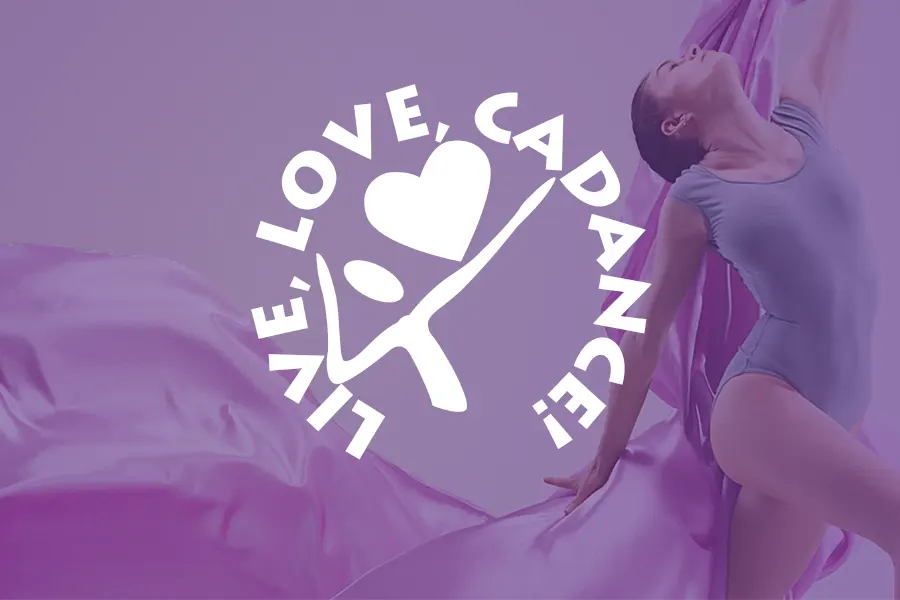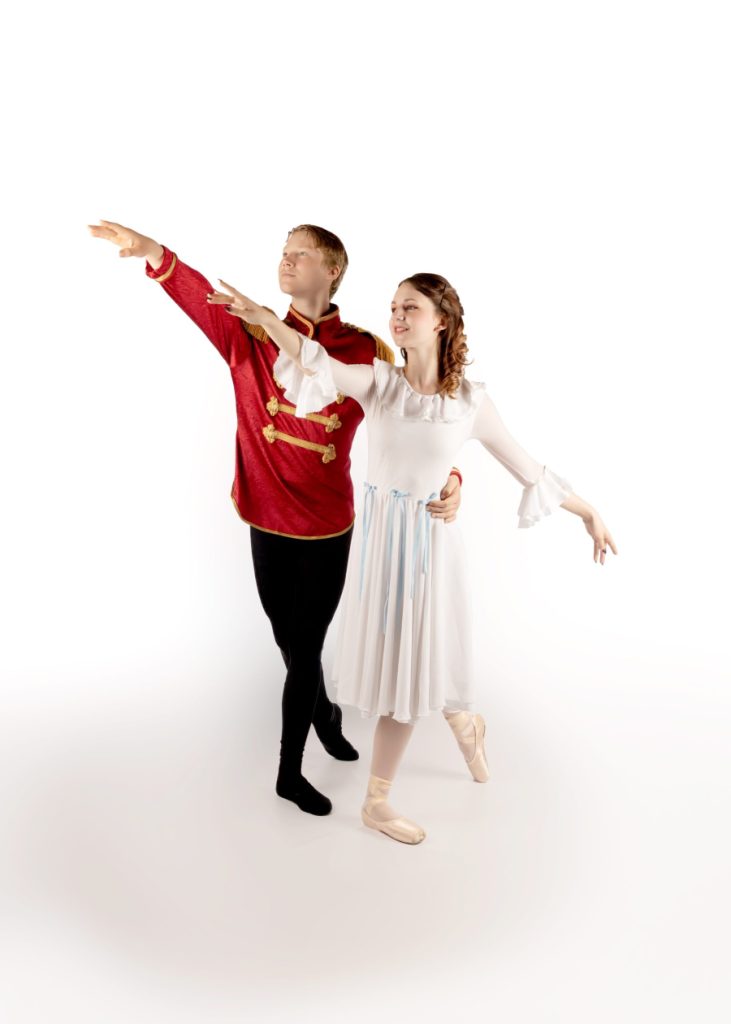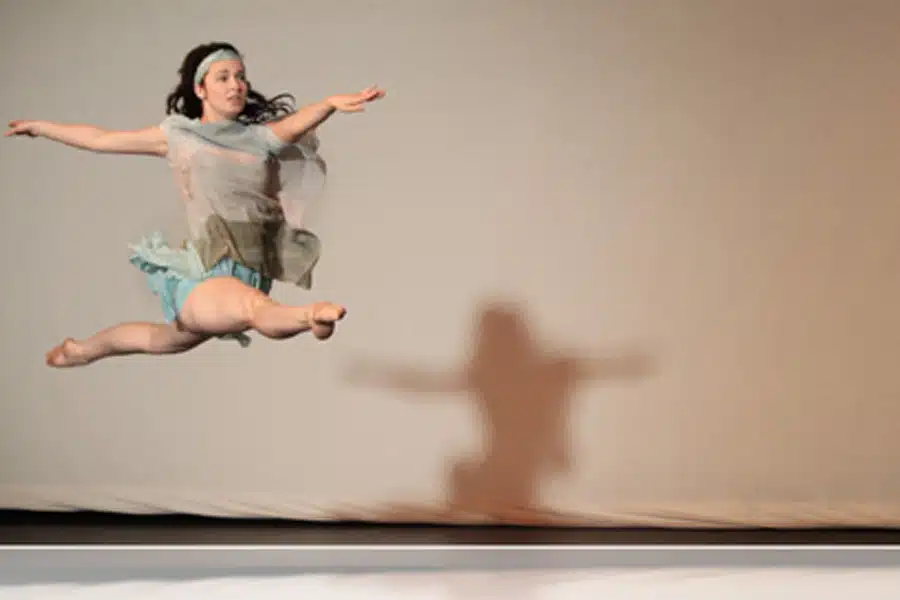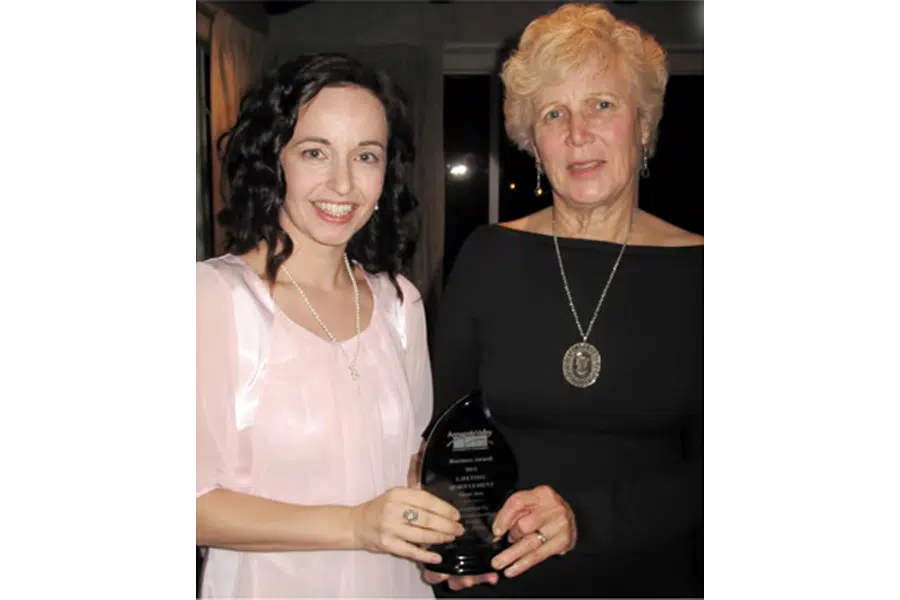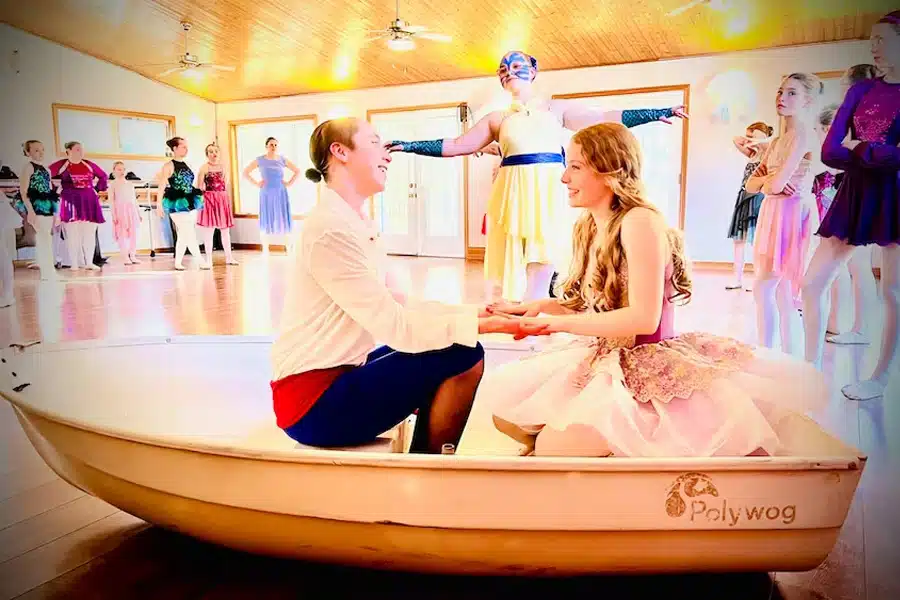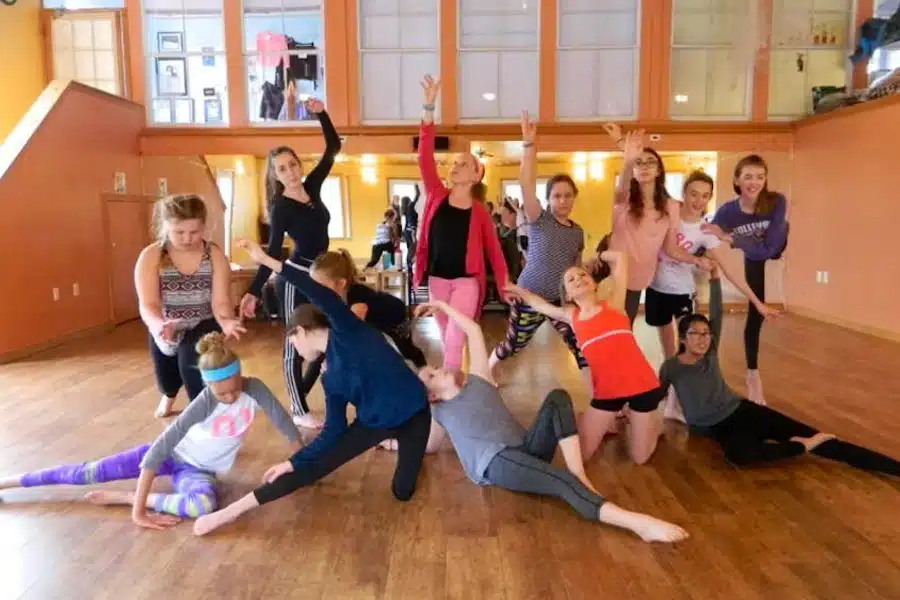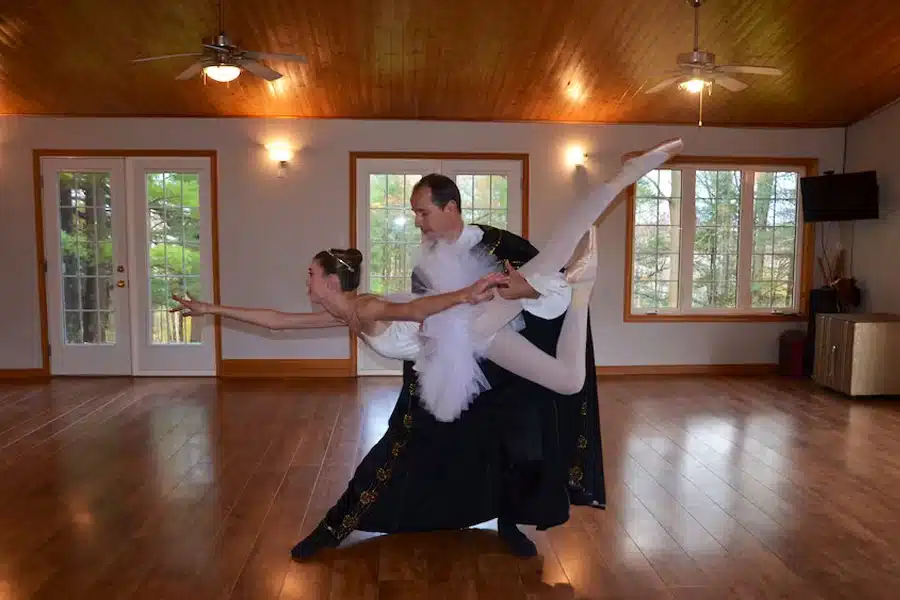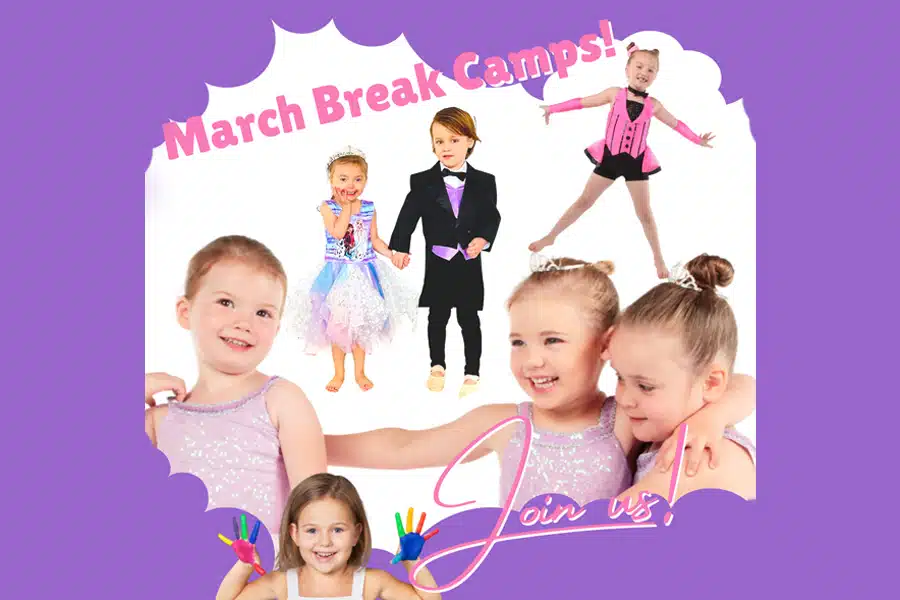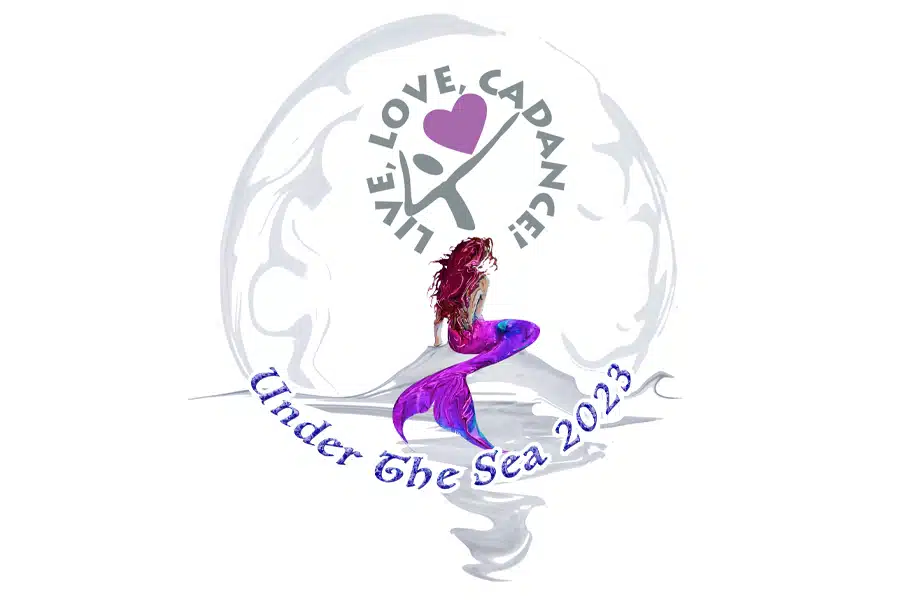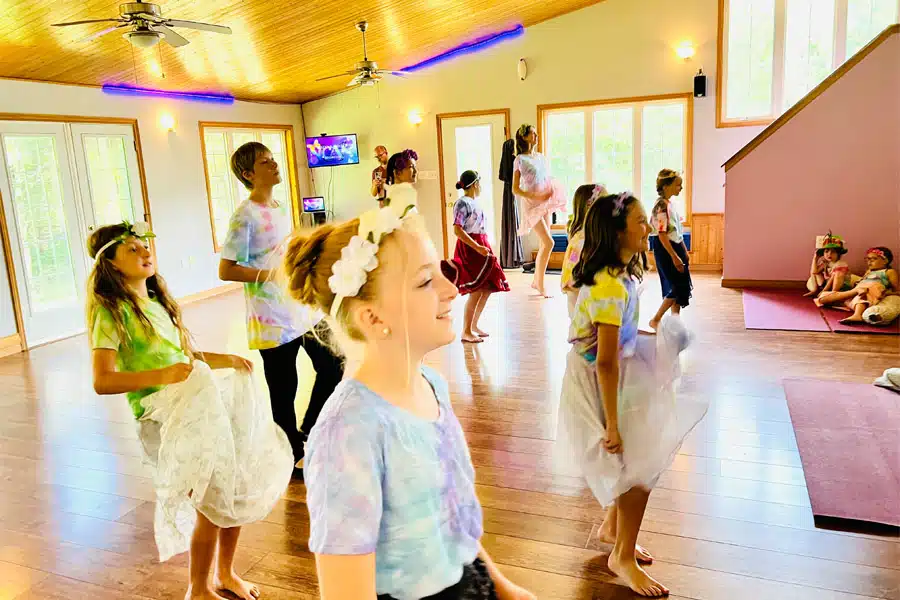February is Black History Month, a time to celebrate the achievements and contributions of Black Americans to the culture and history of the United States. And what better way to honor and pay tribute to these pioneers than through the art of dance?
Dance has always been an integral part of Black culture, serving as a form of self-expression, resistance, and liberation. From the slave plantations of the South to the jazz clubs of Harlem, dance has played a significant role in shaping the narrative of Black history.
African American dance styles, such as tap, jazz, and hip-hop, have not only been a source of cultural pride but have also had a profound impact on American popular culture. Tap, for example, originated in the late 19th century as a fusion of African rhythms and European dance forms. It was developed by Black performers and was widely embraced by audiences across the country. Jazz dance, another popular Black dance form, emerged in the early 20th century and continues to evolve and thrive to this day.
Hip-hop, a cultural movement born in the South Bronx in the 1970s, has become a global phenomenon and a powerful form of self-expression for Black youth. From its roots as a street dance style to its current status as a mainstream cultural force, hip-hop continues to be a vehicle for social and political activism, inspiring and empowering generations of Black artists and activists.
In honor of Black History Month, let us celebrate the rich cultural heritage and contributions of Black Americans to the art of dance. Whether we’re tapping our feet to a jazz rhythm, grooving to hip-hop beats, or moving to the rhythm of contemporary Black dance styles, we pay homage to the rich legacy of Black dance and its ongoing impact on American culture.
So let’s move, groove, and celebrate the rich heritage of Black dance this Black History Month and always.

